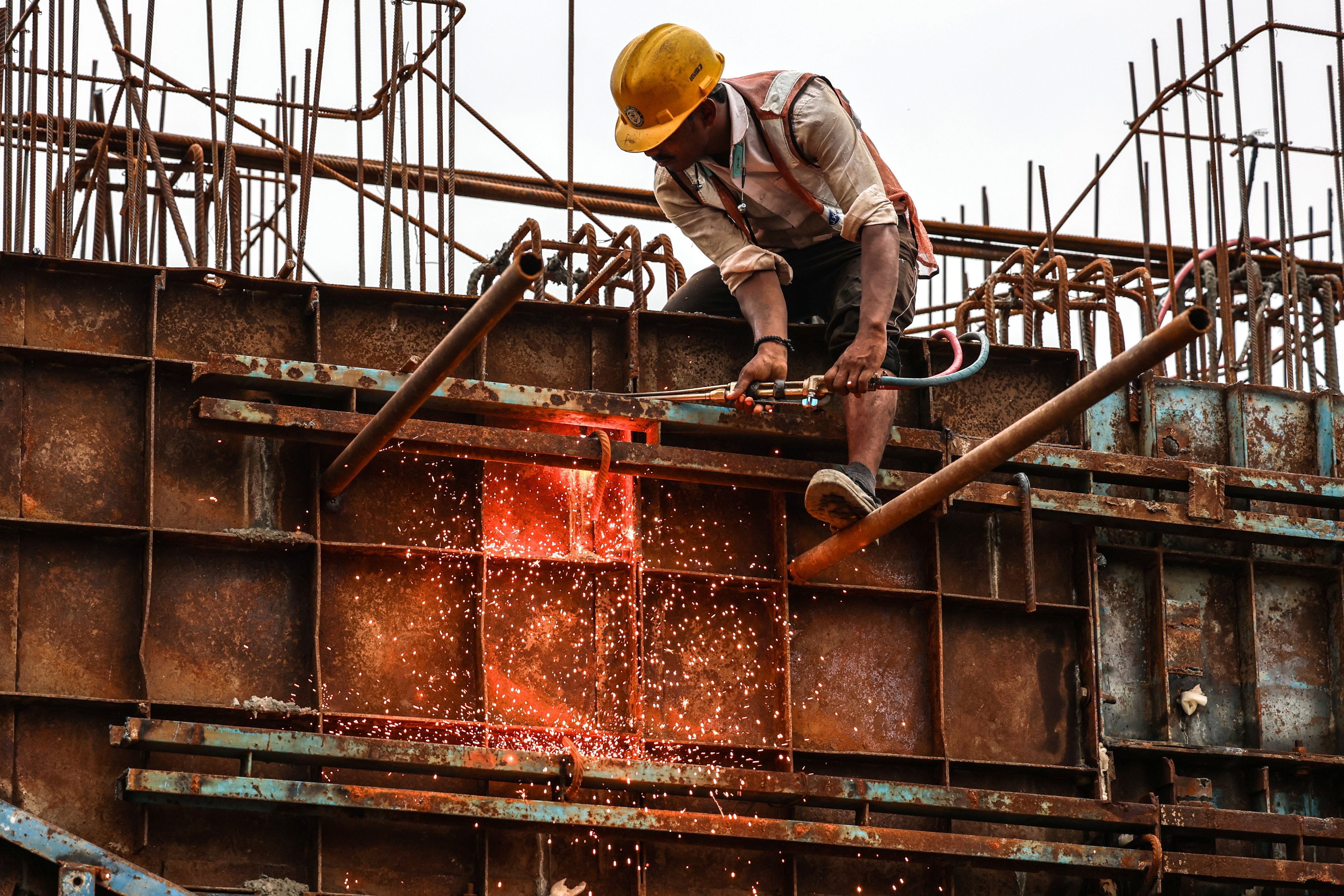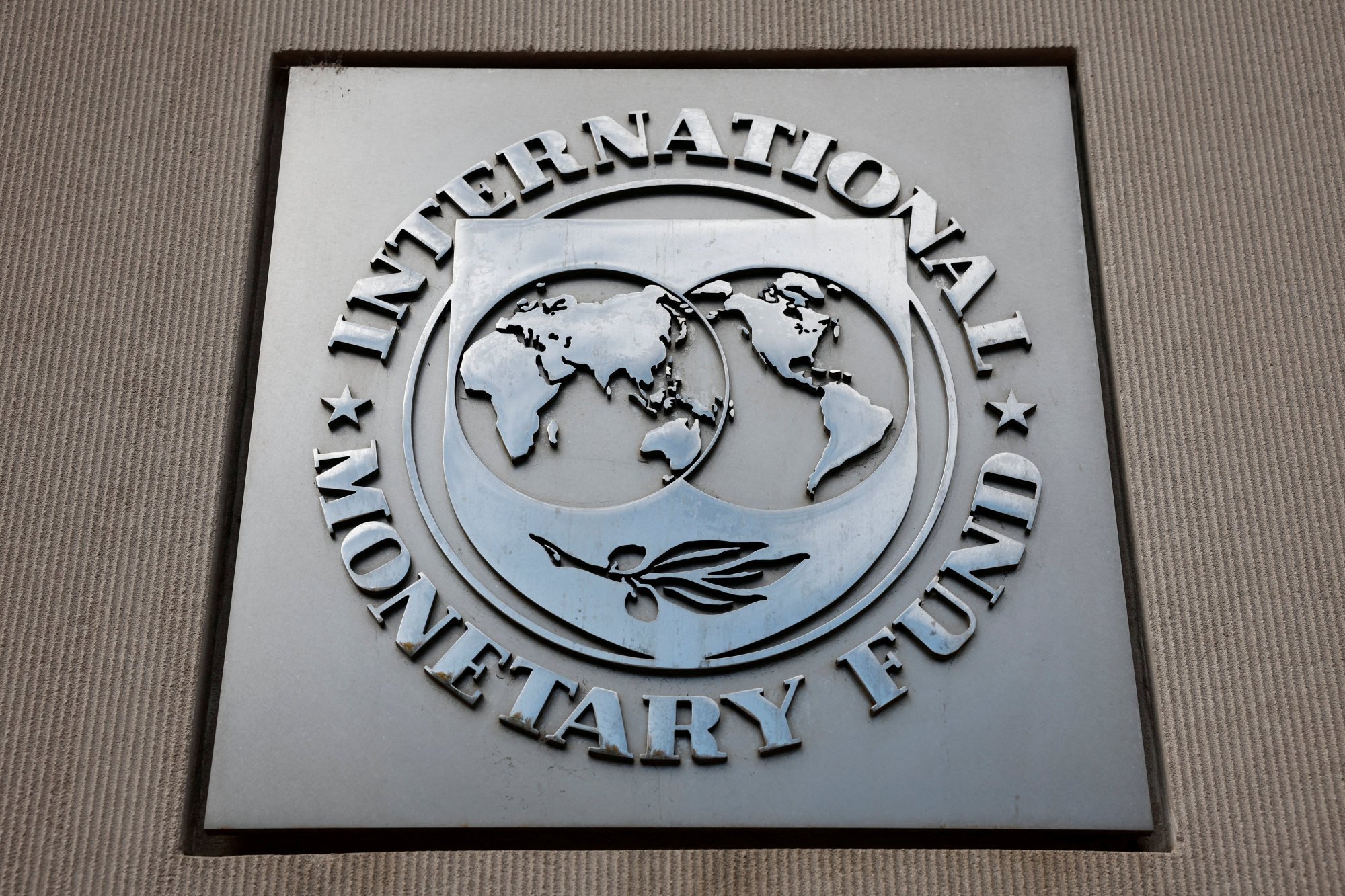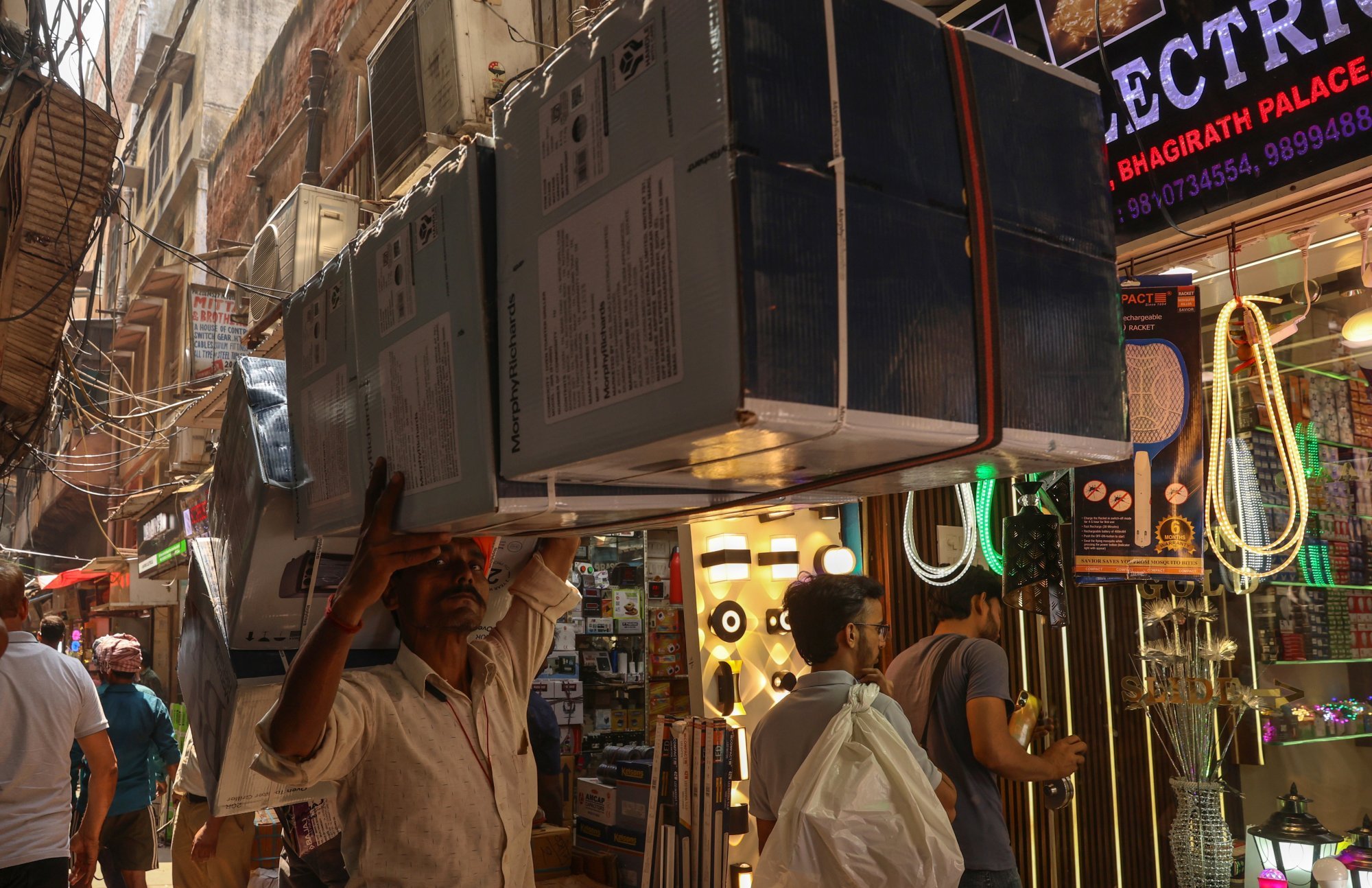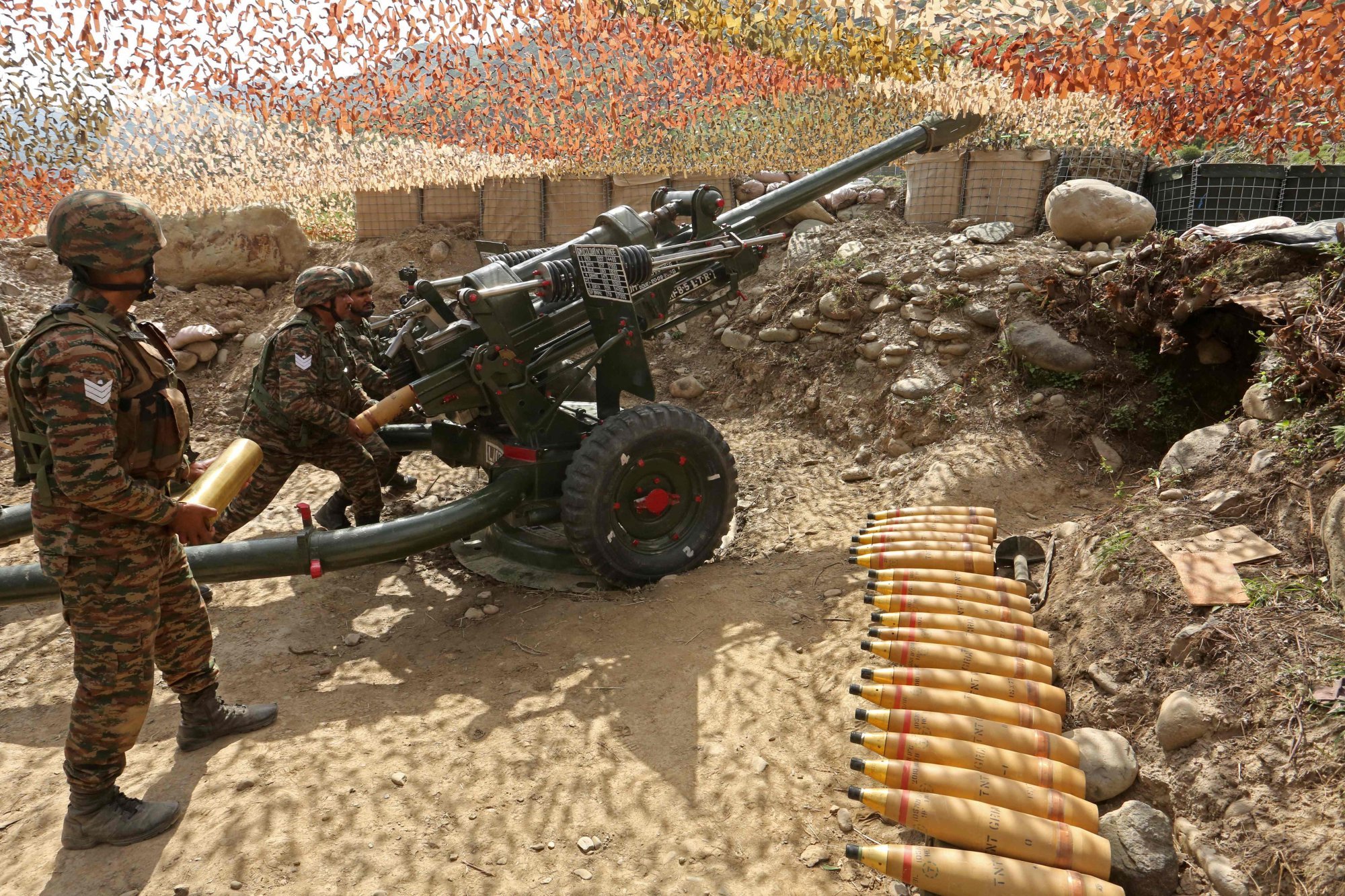With India set to be world’s No 4 economy, calls for deeper reforms get louder
Indian businessmen urge New Delhi to boost the economy further by reducing red tape and introducing more financial incentives

With India poised to overtake Japan as the world’s fourth-largest economy, industry players have hailed the International Monetary Fund’s (IMF) forecast as a sign of the South Asian country’s growing global stature, even as they call for deeper reforms to boost its competitiveness.
India’s nominal gross domestic product (GDP) is projected to rise to US$4.187 trillion in the 2025–26 financial year, surpassing Japan’s US$4.186 trillion economy, according to the IMF’s world economic outlook released in April. If realised, India’s GDP will rank behind that of the United States, China and Germany.
Speaking at a briefing over the weekend, B.V.R. Subrahmanyam, CEO of India’s state-run think tank Niti Aayog, attributed India’s economic ascendancy to favourable geopolitical conditions, strong domestic fundamentals, and its increasing significance in global supply chains in tandem with changing trade patterns.
Despite the sweeping global tariffs introduced by the US, India may benefit from relatively lower levies compared with those imposed on Washington’s other trade partners, according to analysts.
In response to India’s economic ranking, billionaire businessman Anand Mahindra has called for a rise in the country’s GDP growth as well as GDP per capita.
“While I was in business school, the idea of India overtaking Japan in GDP felt like a distant, almost audacious dream,” Mahindra said in a post on X.
“But as we celebrate, we must stay dissatisfied … Because India’s next leap must be in per capita GDP, not just overtaking Germany [as the third-largest economy in the world]. For us to keep rising, India needs sustained economic reforms – in governance, infrastructure, manufacturing, education and capital access,” he added.

His post has sparked a debate about India’s uneven economic progress, with online users highlighting that the country with the world’s largest population at 1.4 billion people has a GDP per capita of US$2,500, trailing far behind Japan – a country with a population of 124 million people – at US$33,800, as of 2023.
Naushad Forbes, chairman of non-profit Ananta Aspen Centre, said the Indian economy’s rise in global rankings was partly helped by the Japanese central bank’s ultra loose monetary policy in recent years, which caused the yen to drop in value against the US dollar.
“We have a long way to go for achieving higher standards of living,” Forbes said.
India should strive to raise its productivity level by investing in human capital and focus more on growing its industry and services, he added.
With India aiming to become a developed nation by 2047, industry experts are calling for New Delhi to sustain efforts on multiple fronts to achieve the goal.
“A developing economy is bound to keep inching up. Neither the government nor all of us can become complacent,” said Subodh Bhargava, former president of the Confederation of India Industries (CII).
India needed to improve its spending efficiency, trim bureaucracy to boost investments, and expand financial incentives for businesses to enhance their export competitiveness, Bhargava said.

While India jumped in the World Bank’s Ease of Doing Business ranking from 142 in 2014 to 63 in 2020, Bhargava and other industry players said there was room to slash red tape even further.
Meanwhile, India’s recent clash with Pakistan has sparked debate about whether such conflicts would curb Delhi’s economic growth plans and that the two countries were seen as inextricably linked despite their different trajectories since independence in 1947.
An attack in Indian-administered Kashmir in Pahalgam led to the deaths of at least 26 people last month, prompting the Indian military to launch air strikes against alleged terrorist camps in Pakistan. The two neighbours were on the brink of a full-scale war before they agreed on a ceasefire on May 10.
US President Donald Trump has claimed that he played a role in brokering peace between India and Pakistan, triggering concerns among some Indian observers about Washington according equal importance to the two neighbours.
Indian author Chetan Bhagat said in a column in The Times of India newspaper that many in India were still “obsessed with Pakistan” due to the legacy of three wars between the two countries and multiple terror acts.

“We [India] are on a promising trajectory. In two decades, we can be a middle income country; in three or four, fully developed. But it will take relentless focus, smart policies, hard work and national harmony. These, and only these, should be India’s priorities – not Pakistan,” he wrote.
Harsh Pant, an international relations professor at King’s College London, said there was no reason to read too much into Trump’s comments as the US valued India as a strategic partner in the Indo-Pacific region.
Unlike the local media’s focus on the India-Pakistan conflict, Indian policymakers had given calibrated responses on the clash in a bid to assure global investors, Pant said.
“It is India’s economic growth that has de-hyphenated India from Pakistan. That automatically happens because India’s economic rise is a bigger story,” he added.